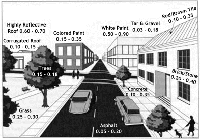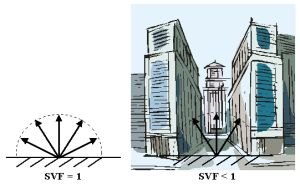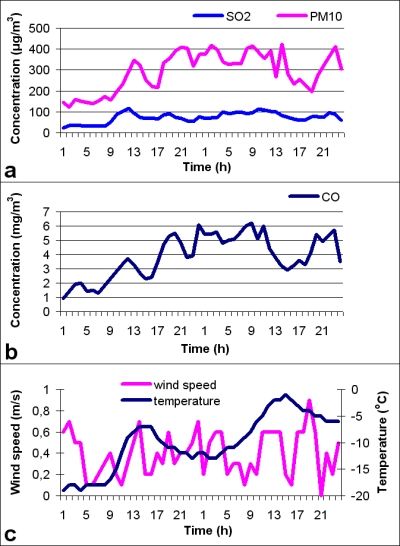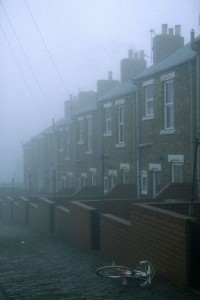 > English > Climate Encyclopaedia > Climate in Cities > basics > 2. Urban Climate > - What controls it?
> English > Climate Encyclopaedia > Climate in Cities > basics > 2. Urban Climate > - What controls it?
|
Climate in citiesBasics |
What controls the urban climate?Urban climates are the result of the interaction of many natural and anthropogenic factors. Air pollution, building materials, emission of heat from human activity, together with natural factors, cause climatic differences between cities and non-urban areas. |
|
The climate of a particular city is controlled by many natural factors, both at the macro-scale (e.g. the latitude) and at the meso-scale (e.g. the topography, the presence of water bodies). As a city grows and develops, new factors modify the local climate of a city and contribute to the formation of distinct urban climates.
|
|
Note: Colours used in the text correspond to the colours used in the figure below!
|
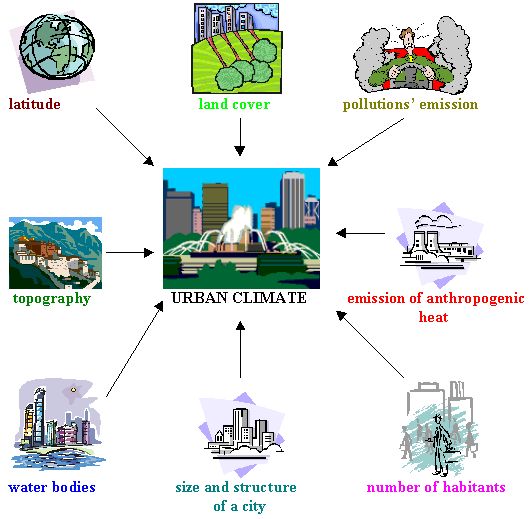 |
|
1. Factors controlling urban climate. Author: Sebastian Wypych.
|
|
In addition, the shape of a city tends to trap radiation near the surface. This means that a lot of energy is stored in the city during the day-time and this is then gradually lost during the night. This slows down the night-time cooling of a city compared to non-urban areas.
|
|
Another important factor modifying urban climate is air pollution. This changes the composition of the urban atmosphere and, as a result, reduces the amount of solar radiation reaching the ground surface. In other words, pollutants make the air less transparent to sunlight. Urban air pollution consists of gases and particles emitted by industry, vehicles, heating systems etc. The city centre is usually more polluted than the suburbs but this depends on where industry and busy roads are located. During the day-time, the highest air pollution concentrations tend to be seen during rush hours. Over the year, highest concentrations are generally seen in winter because of the increased combustion of fuels for heating and because atmospheric conditions are such that polluted air is less likely to mix with clean air and dilute the pollutant concentration. The exception to this is photochemical smog which needs sunlight to form and so is seen in the summer (find out more about this in the sections on ozone smog and negative effects)
|
|
4. Daily changes in air pollution on a typical sunny summer day. Cracow, Poland, 22 Aug., 2003. |
5. Daily changes in air pollution on a typical winter day. Cracow, Poland, 26-27 Dec., 2002.
|
|
|
Another important factor controlling urban climate is anthropogenic heat. This is heat released as a by-product of heating systems in winter (and air conditioning in summer), or from other activities (combustion of fossil fuels, industrial production and from vehicles). The amount of heat emitted depends upon the energy use by individuals, the population density, the amount of industry and the city's location.
|
|
In cities the amount of water lost by evaporation is low because artificial surfaces do not absorb water in the same way as natural surfaces do. When it rains, water quickly runs off into urban sewer systems and buildings and roads dry out rapidly. This means that excess heat is not used to evaporate water (as there is little lying on the ground) but rather warms the air. The presence of large amounts of vegetation in many cities does, to some extent, counteract this effect.
The impact humans on urban climate depends on the city's size and its spatial structure, on the number of inhabitants, and on the concentration of industry. Small towns with relatively low buildings spread among green areas and without any factories or industrial plants, tend to modify the climate less than cities with tall buildings.
|
How much influence anthrogogenic factors have on local climate depends on the natural setting of a city. For example, a city located in a deep valley may experience frequent fogs and gentle winds. This means that any air pollutants are trapped at the surface and air quality is generally poor. The urban climate can be improved by planning the urban structure in such a way as to decrease the negative impact of both anthropogenic and natural factors. For example, through the strategic location of parks and water bodies (e.g. ponds and lakes) and by building factories downwind of the city so that air pollution is taken away by the wind and not brought into the urban environment.
|
|
|
Related pages: Each surface material has a different albedo. Read more about it in:
|
|
About this page:Authors: Sebastian Wypych, Anita Bokwa - Jagiellonian University - Cracow / Poland |

